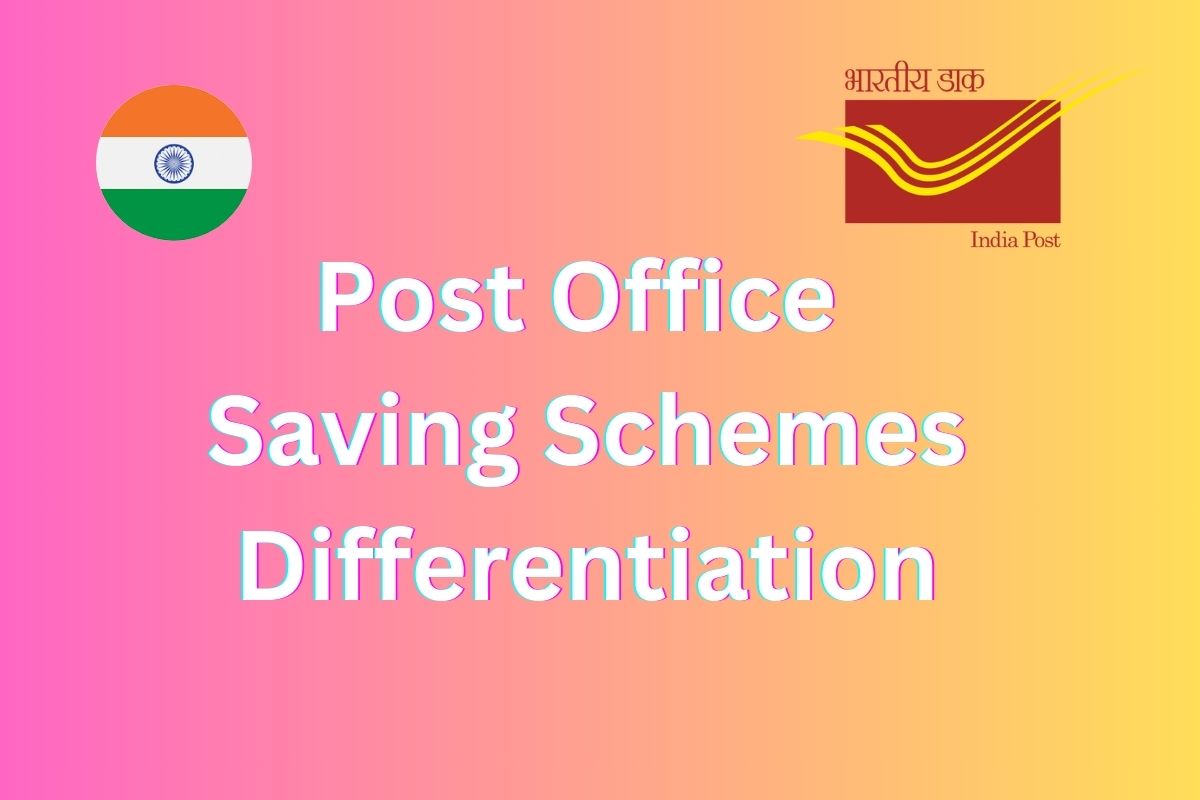Post Office Public Provident Fund PPF

Post Office Public Provident Fund – PPF is a long-term savings scheme facilitated by the government of India. PPF is risk-free and secured with a profitable interest rate, tax benefits, and investment scheme. Thus, people who need to make a secured investment can opt for this scheme. The minimum investment can be Rs.500 and maximum Rs. 1.5 Lakhs in a financial year. The deposit amount can be lump-sum or in installments.

PPF Key Features:
1. Tenure:
- The total tenure for PPF is 15 years.
- Thereafter, an extension of 5 Years after completion of 15 years.
2. Interest Rate:
- The government of India fixes the interest rate every quarter.
- Moreover, the present interest rate is 7.1% per year compounded annually.
- Also, at the end of the financial year, the interest gets credited to the account.
3. Deposit Amount:
- Minimum Investment amount is Rs. 500.
- In a financial year, Maximum of Rs 1.5 Lakhs.
- Payment should be a Single Payment or installment such as monthly, quarterly, or annually.
4. Tax Exemption:
- Tax exemption for PPF under section 80C.
- Further, there is a tax exemption for Investment, its interest, and maturity amount. (EEE – Exempt, Exempt, Exempt).
5. Partial Withdrawal:
- After the completion of 5 years, the PPF Account allows Partial Withdrawal for every year.
- Therefore, 50% of the deposit amount can be withdrawn after the 4th preceding financial year.
6. Account Transfer:
- Transfer of PPF account from post office to post office or to bank
7. Loan Facility:
- The loan can be taken from the PPF account within the 3rd to the 6th year of the account opening.
- Also, only 25% of the deposit amount is the loan availability.
- For repayment before 36 months the interest rate is 1%, beyond 36 months then 6 %.
8. Nomination:
- Assign the nominee.
- Moreover, On the death of the account holder, the nominee will get the amount.
9. Closure:
- 15 years is the closure period for the PPF account.
- During the uncertain period such as medical reasons or for higher education, PPF allows account closure after 5 years.
- Reduction of 1% Interest rate on closure.
PPF Eligibility
- Salaried, Self-employed, and Pensioner are eligible for opening the Post office PPF account.
- Individuals above the age of 18 Years can apply for the PPF account.
- However, open Minor Accounts with the help of guardians/parents.
- PPF allows only single account holders; also, No Joint Accounts.
- Moreover, individuals can have only one PPF account.
Documents Required:
- Identity Proof: Aadhar Card, Voter Card, Passport, Driving License.
- Address Proof: Aadhar Card, Electricity bill, Voter Card, Passport, Driving License
- Passport size photograph
- PAN Card
- Nomination Form (Form E)
Post Office Public Provident Fund PPF Application Process
Offline:
- Firstly, Visit your nearest Post Office.
- Then, get the PPF form from the officials.
- Also, fill out the details and submit them with all the required documents.
- Finally, pay the investment amount and start the PPF account.
Online:
- Firstly, visit the Post office‘s e-banking website.
- Login using the credentials.
- Then, under the General Services tab, select the ‘Service Request’.
- Click on ‘New Request’ and select the ‘Open NSC account’.
- Moreover, fill in the Deposit amount and make the payment from the PO savings account.
- Then, verify and check the Terms and Conditions.
- Finally, submit the form and your registered mobile number or email will get the notification for the PPF account.
PPF Benefits:
- Risk-free deposit: This scheme is highly secured under the guidance of the government of India.
- Tax exemption: Full tax exemption from deposit till maturity (EEE).
- High Interest Rate: Obviously, the assured interest rate of 7.1% is provided.
- Long-Term Deposit: Ideal for raising the funds for the future.
- Premature withdrawal and Closure.
PPF scheme under the Post Office is a risk-free and secure long-term scheme. Also, this provides financial security, tax exemption, and fixed interest rates for individuals and families.
Read more Mahila Samman Savings Scheme



